The Mill on the Floss ★★★★ (Theatre Works and OpticNerve)
Everyone agrees that the end of George Eliot's The Mill on the Floss is a disappointment. Suddenly and without much ceremony Eliot has Maggie Tulliver and her brother Tom drowned in a flood. It's a finale that has baffled and frustrated readers for more than a century and half. Can anything be salvaged from this shocking twist?
Director Tanya Gerstle has a solution, and it's a good one. Using an adaptation of the book by British playwright Helen Edmundson, Gerstle projects the image of the drowned siblings backwards onto the narrative as if it were an organising metaphor. Thus, Maggie and Tom are drowning from the beginning, and their lives are only a futile struggle toward a surface that they can never reach.
Continue reading for only $10 per month. Subscribe and gain full access to Australian Book Review. Already a subscriber? Sign in. If you need assistance, feel free to contact us.



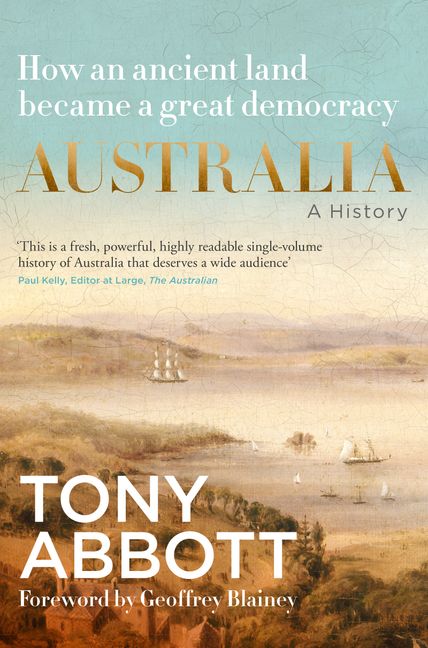
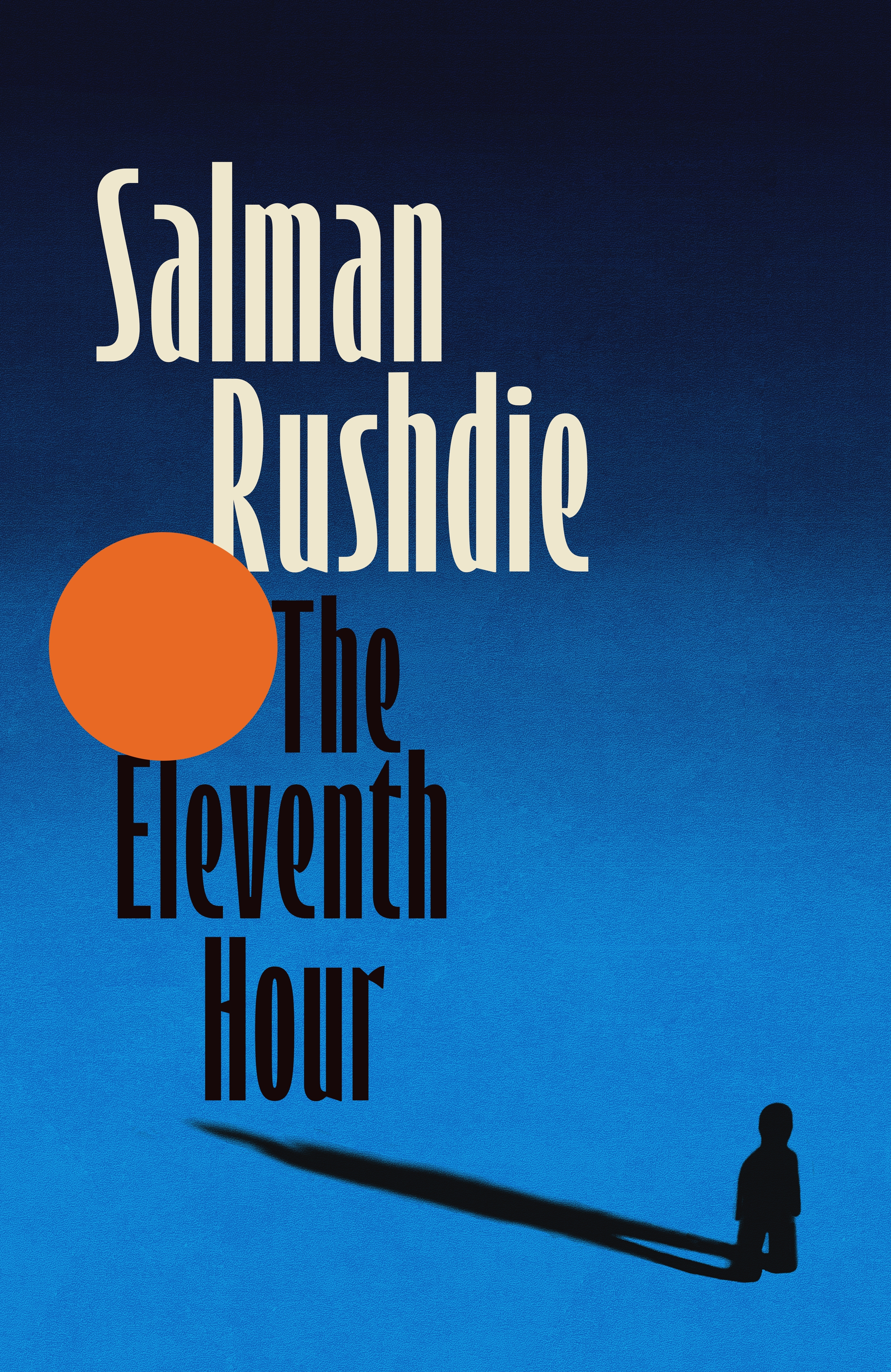

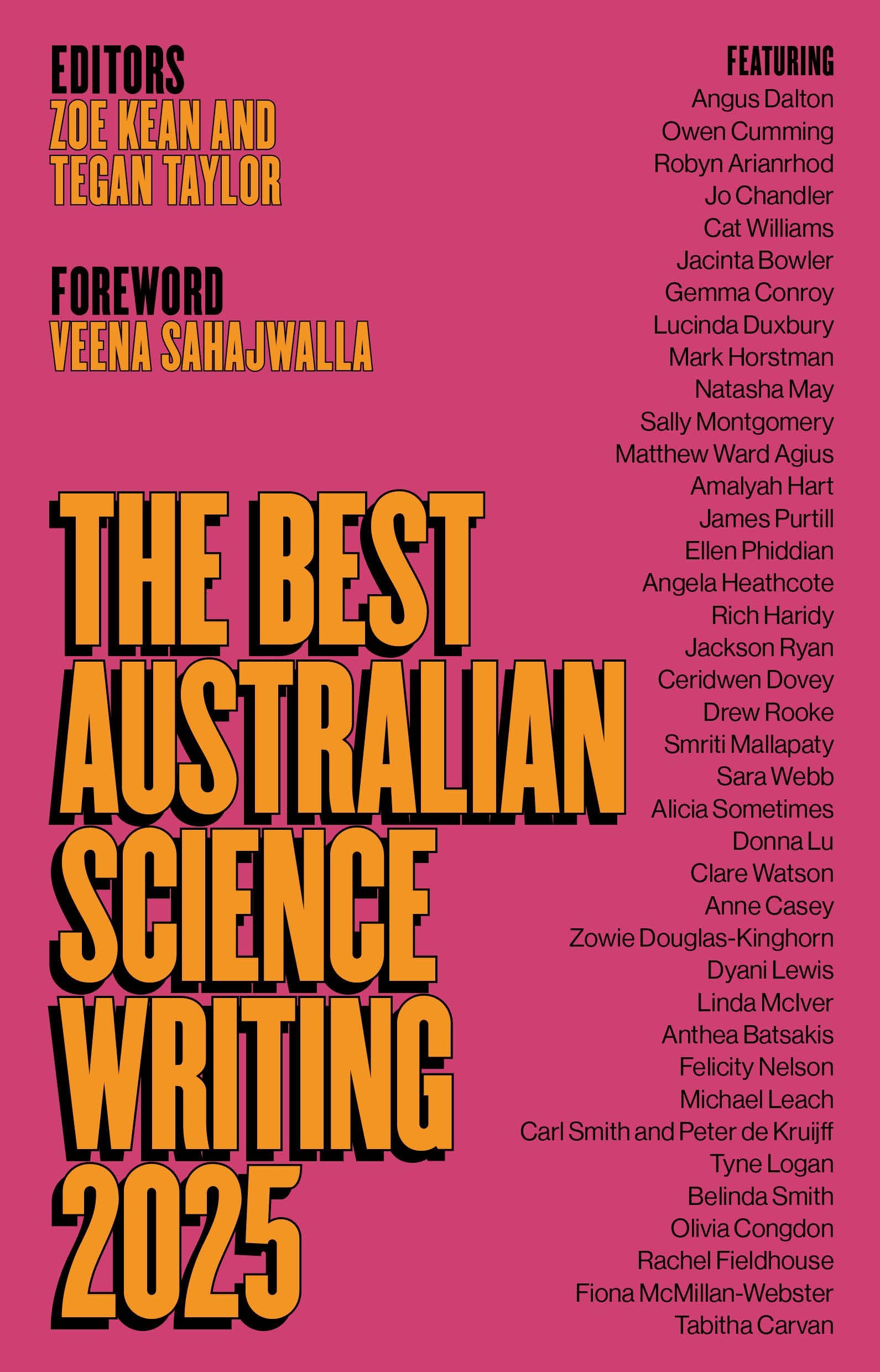
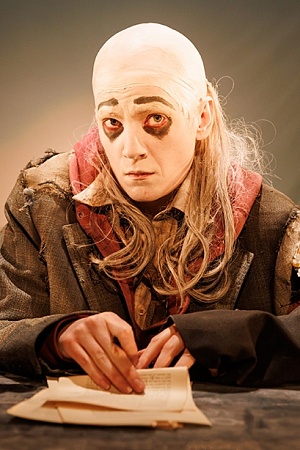
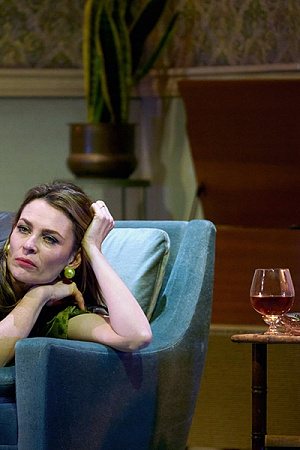

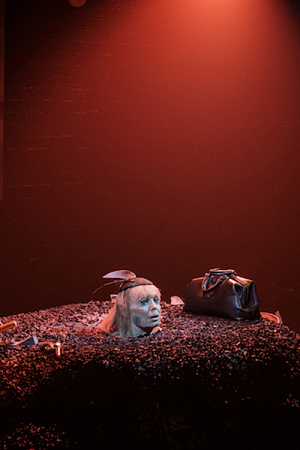
Leave a comment
If you are an ABR subscriber, you will need to sign in to post a comment.
If you have forgotten your sign in details, or if you receive an error message when trying to submit your comment, please email your comment (and the name of the article to which it relates) to ABR Comments. We will review your comment and, subject to approval, we will post it under your name.
Please note that all comments must be approved by ABR and comply with our Terms & Conditions.